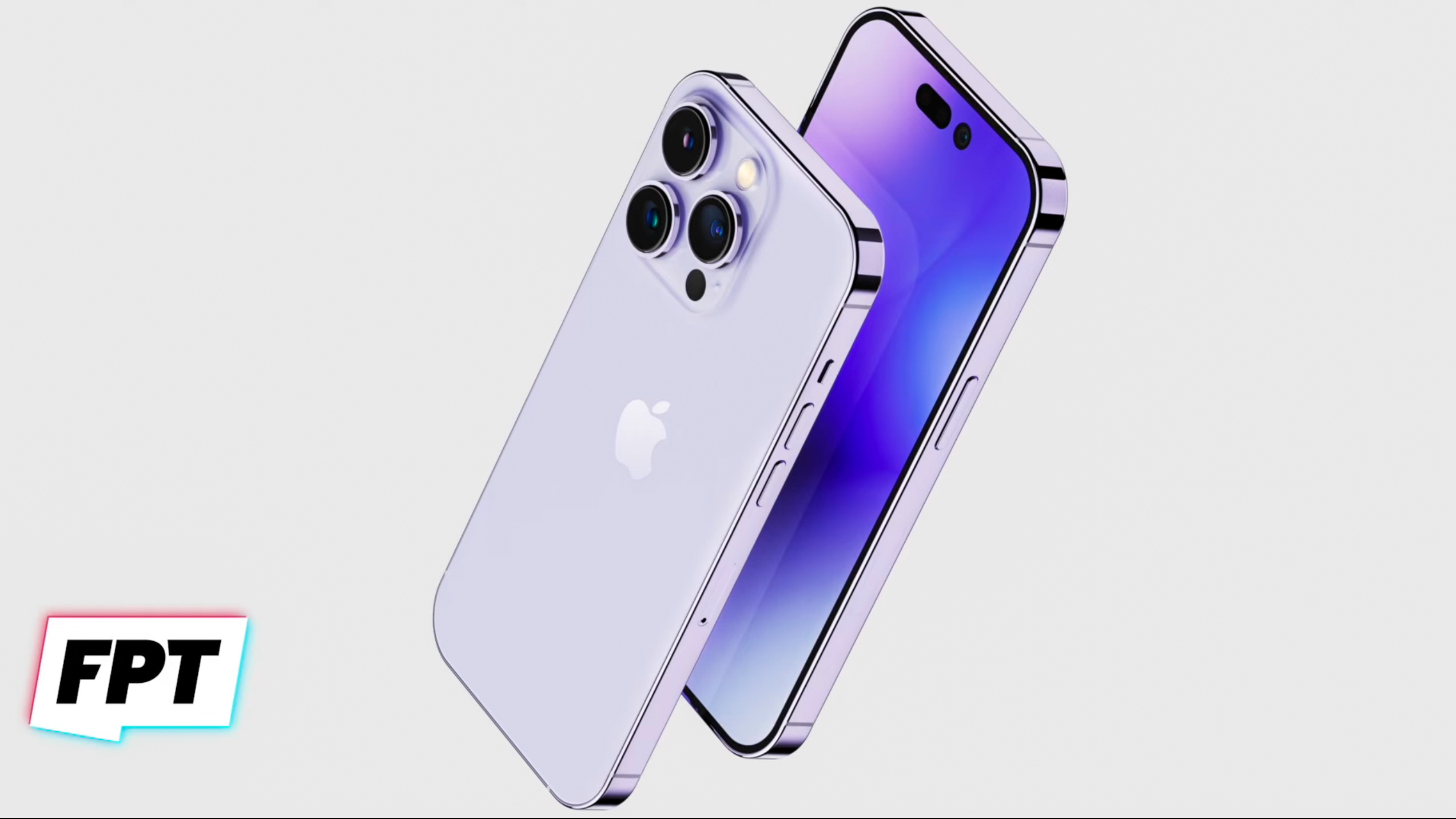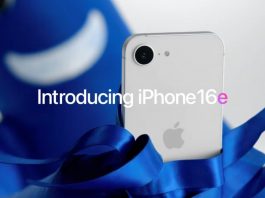Whether you’re a loyal iPhone user or someone who’s firmly planted in the camp of Android – and models from the likes of Google or Samsung – there’s no doubt that Apple has dominated the smartphone market for years. And for good reason.
The first iPhone was launched in 2007, at a time when mobile photography was nothing like the advanced industry it is today. The iPhone featured a 320×480 resolution LCD multi-touch screen measuring 3.5 inches diagonally, while the rear camera was a 2-megapixel affair. Time magazine named it the Invention of the Year (opens in new tab), despite it also being “too big and too expensive.”
To my mind, the real beauty of iPhones is that they remain useable – and beautiful – for years after their initial launch. It’s no secret that I’m an Apple fan (opens in new tab), but I certainly don’t update my iPhone model every single year. While it makes sense to think that the best iPhone for photography (opens in new tab) is the latest model, that’s not always the case. Apple doesn’t always upgrade everything each time there’s a new generation of iPhone – some years the camera specs might get a big update, while other years the focus is on another area.
We now know that the next Apple event will be the iPhone 14 launch, which has been confirmed for 7 September (opens in new tab). What can we expect from the event, and what direction might Apple take the next generation of iPhones in?

What could we see on the iPhone 14 cameras
So far, there have been hundreds of different rumors and speculations about the upcoming iPhone 14. We’ve rounded up all the rumors we know so far (opens in new tab), that cover the design, price, and release date of the anticipated phone. But of course, what I’m most interested in is the cameras.
Megapixels are the name of the game when it comes to headline-grabbing smartphone camera specs, and yet, the resolution of a camera’s sensor doesn’t automatically mean it’s the best quality. There’s been plenty of competition in the sector recently, from the likes of the Samsung Galaxy Z Fold (opens in new tab) and the Google Pixel 6 Pro (opens in new tab), as well as the Honor 70 (and its Sony IMX 800 sensor). These are models that have great screens, handling, and processing power to boot.
iPhone 14 main camera rumors
A TrendForce (opens in new tab) report detailing camera module shipments suggested that the iPhone 14 Pro and Pro Max models could include a new main sensor, with a significant upgrade from 12MP to 48MP. It’s said that Apple will support both 48MP and 12MP shooting modes to allow for 48MP images to be captured in well-lit conditions and 12MP images in lower light, giving users the option to choose. The 48MP sensor will likely be limited to only the iPhone 14 Pro and iPhone 14 Pro Max models, given that the baseline iPhone 14 is the more affordable model.
While Samsung’s 108MP sensor may have a higher resolution, this new Apple sensor could actually be the best one on the market. Samsung’s sensor possesses 2.4-micron pixels, while the rumored Apple version is said to be 2.5-micron pixels. With Apple’s market-leading appetite to produce clean images, this will surely see the iPhone 14 soar in popularity amongst photographers.
iPhone 14 front-facing selfie camera rumors
Apple could also finally start taking the front-facing camera more seriously, according to this phone rumor courtesy of Korean site ET News, which has published a series of reports on the Apple supply chain. This is certainly something that I’d like to see, given how prolific front-facing content creation really is, and how woefully bad my iPhone 12 (opens in new tab) is at capturing selfies in anything but bright light.
The most exciting part of this leak is the mention of the switch to LG Innotek meaning the iPhone 14’s selfie snapper will at last feature autofocus – a missing feature that has seriously let Apple down in the past. This ties in with the information provided by prolific Apple analyst, Ming-Chi Kuo – he tweeted that the upcoming series of iPhones will feature two key upgrades to the front-facing camera: autofocus and a bigger aperture on the lens.
It’s all fun and games to speculate, but remember, we know nothing for certain yet when it comes to the latest iPhone 14, and we’ll only find out what Apple is releasing at its next event.
When is the next Apple event?
Apple runs several events throughout the year, including its Worldwide Developers Conference held at Apple Park in California – traditionally in June. At the 2022 WWDC event, Apple unveiled two new super-powered Macbooks.
We know that Apple’s next global event is on September 7, at 10 am (Pacific Time) and 6 pm (in the UK), as confirmed on the Apple events (opens in new tab) section of the company’s website. We expect Apple to launch the iPhone 14 (opens in new tab) range of smartphones here, although the graphic on the website doesn’t currently give away any clues as to what they’ll be undertaking.
You can also watch the events from previous years, including the iPhone 13 (opens in new tab) and iPhone 13 Pro (opens in new tab) launch in 2021.
Where to watch the next Apple event
Unlike other live events, Apple doesn’t stream on sites like YouTube. The iPhone 14 Apple events will be available online at apple.com (opens in new tab) or on the Apple TV app (opens in new tab).
We’ll also bring you a live blog of the event so that you don’t miss any key moments – and if you do, you can quickly catch up.
Apple schmapple? If you’re not an iPhone fan, why not check out the latest brilliant phones with photography smarts from Google (opens in new tab) and Samsung (opens in new tab)?



